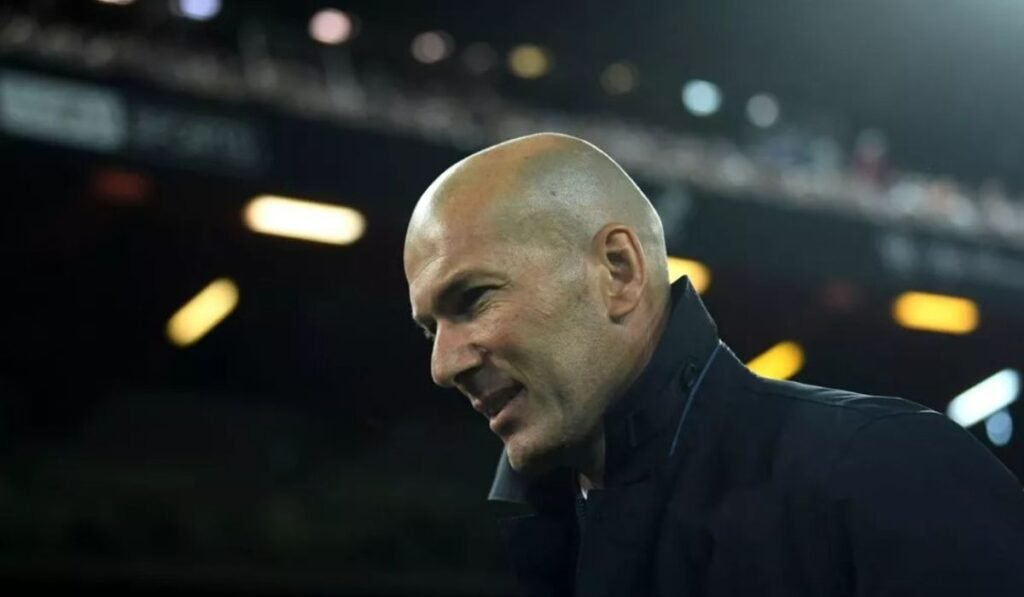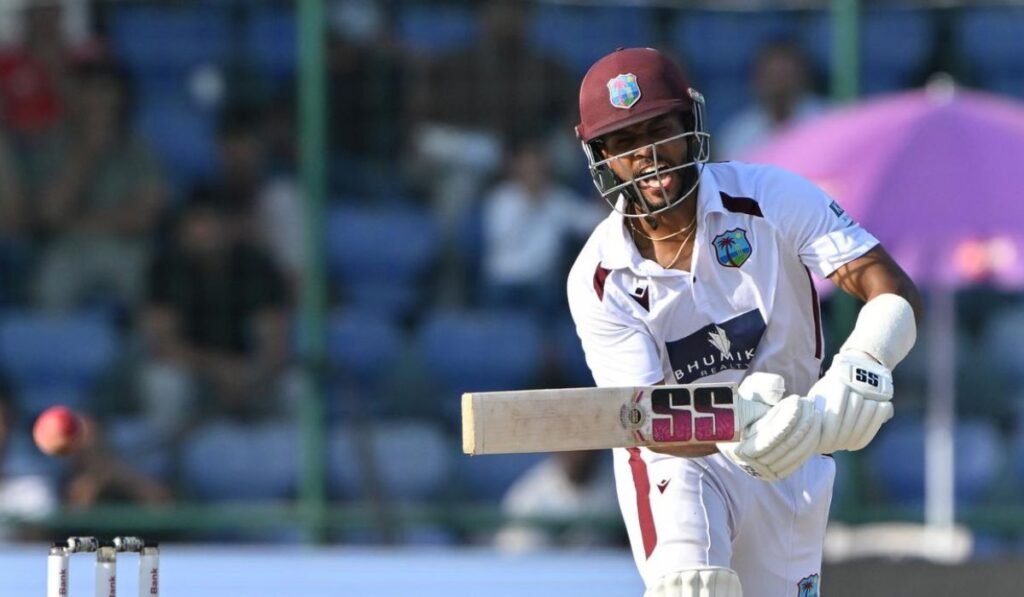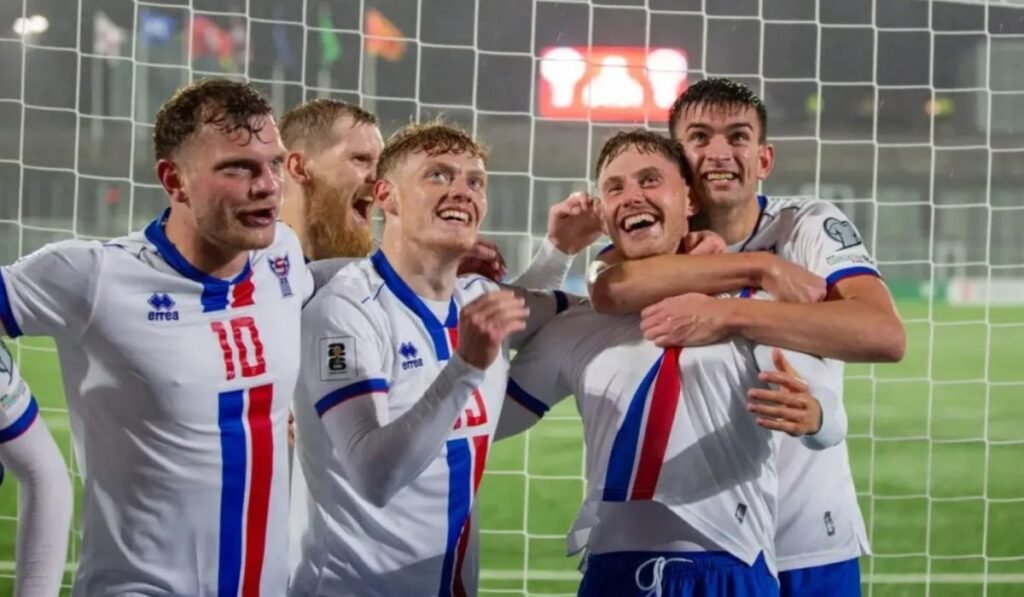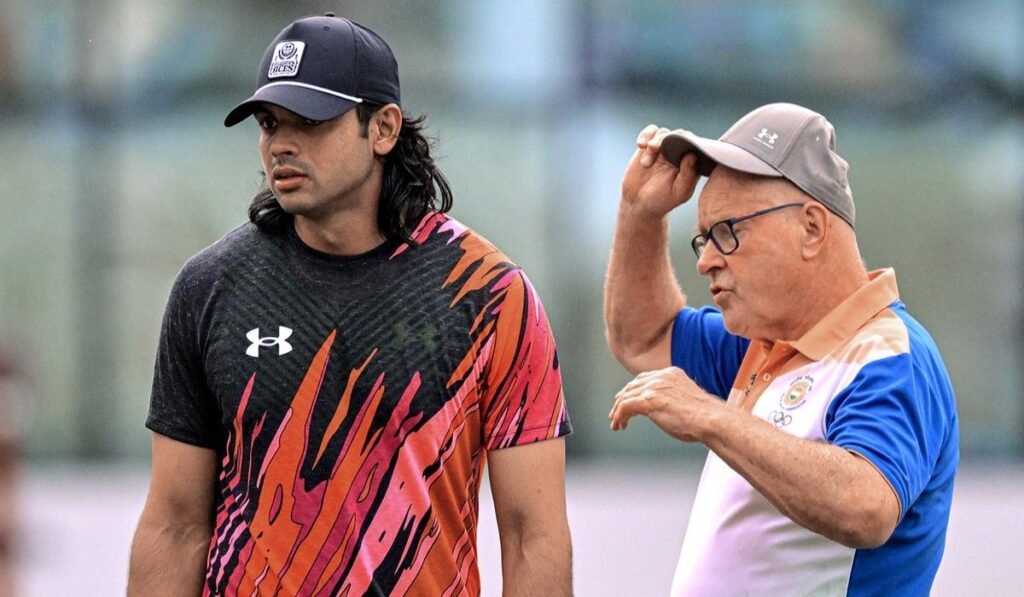Didier Deschamps confirms quitting; Zidan expresses desire to fill the chief national coach’s post!

He has not been coaching a professional team for the last four years. Still, French media as well as British media have suddenly become curious and excited, reporting that Zinedine Zidane might be the man to fill Didier Deschamps’ place as the coach of the senior national team after the end of the 2026 World Cup. Deschamps has already confirmed that he would step down from the national coach’s post after the end of 2026 World Cup. Zinedine Zidane has made it clear he would “like to be the head coach of the France team one day, as he is now eying a comeback to the dugout with the Real Madrid job. The Frenchman is the only manager in history to win the Champions League thrice in succession, doing so with Real Madrid between 2016 and 2018, and later returned for a second stint. However, he has been out of work since 2021. The chief national coach’s post will be vacant after the end of the 2026 World Cup as Didier Deschamps has already confirmed that he will say goodbye to the job after 14 years, being one of the three men to have won the World Cup as a footballer and a manager. Speaking to Festival Dello Sport last week, where he was a guest, Zidane said, “I will definitely return.” Zidane added, “Looking forward to the future, I cannot say anything exactly now. But I want to be coach the national team in the future.” However, according to French media, another French World Cupper, Thierry Henry is also in contention for the chief national coach’s post after the World Cup ends. But Zidane’s chances of filling Deschamps’ post look bright at the moment.
First time in 14 years; Two West Indian centuries against India!

West Indian batsman Shai Hope scored his first Test hundred in over eight years, during his side’s second Test against India in New Delhi on Monday. This was Hope’s third Test hundred, the first two having come against England in the same match at Leeds in 2017. Hope was eventually dismissed for 103, bowled by Mohammed Siraj. The 31-year-old’s effort came with the West Indies following on against India. Hope put on a 177-run partnership for the third wicket with opener John Campbell, who smashed a hundred as well. This is the first time in 14 years that two West Indian batters have scored centuries in a Test innings against India. The partnership between Hope and Campbell helped the visitor stave off an innings defeat. John Campbell especially, broke a 20-year drought, scoring his first century against India as an opener. But significantly, legendary batsman Brian Lara still made it a point to visit the visitors’ dressing room after the second day’s play in the second Test. The 56-year-old Lara is in New Delhi alongside another legend, Sir Vivian Richards, as a part of the ‘Mission India’ campaign as they are trying to help the cash-strapped Cricket West Indies get some extra funds, which will help them revive the dilapidated structure of their long-form game. Lara was in the West Indies dressing room after the end of the day’s play. He did not make any general address to the players but spoke (separately) to coach Darren Sammy and captain Roston Chase, and a couple of players, as reported by PTI.
Faroe Islands stun Czech Republic in WC qualifier; set to make history

Faroe Islands, which have a 136th Fifa ranking, stunned Czech Republic 2-1, thanks to a late winner from substitute Martin Agnarsson a minute after coming on. The country situated on the bank of North Atlantics, which have a population of only 55,000 had also shocked Montenegro 4-0 on Thursday and now sit third in Group L, one point below the second-placed Czechs with one match to go. Hanus Sorensen put Faroe Islands ahead in the second half, with Adam Karabec equalising for the visitor in the 78th minute. Then a defensive mistake from 39th-ranked Czech Republic allowed Agnarsson to shoot into an empty net three minutes later, sealing the win. Faroe Islands, who has won four World Cup qualifiers in a single cycle for the first time, will look to keep its dream of reaching a maiden World Cup finals alive when it visits group leader Croatia on 14th November. Faroese football did not have a proper ground. The game was played on rough ground and in an amateurish manner, without any organized youth training system and facilities. The national team, built-up in an unprepared manner, could only take part in friendly matches, mostly against neighbour, Shetland. They only got the opportunity to play a national game away from home in 1962 against Iceland. In the late 1980’s Faroese football gets its biggest break. The Faroe Islands became a full member of UEFA and FIFA. On September 12th, 1990, the Faroe Islands National Football team played the first qualifying match in the Euro 92 qualifiers. After a number of friendlies with varying results, 33-year-old Icelandic coach Páll Guolaugsson felt the 11 amateurs were ready to be on the pitch in the Swedish town of Landskrona. As there was no certified grass pitch in the Faroe Islands the home ground is moved to Sweden. Nobody in the Faroe Islands knew about Landskrona before the match. Faroe Island made their biggest upset in the world of international football when the amateur team upstaged the professional football team of Austria in September in 1990. In 2005 jogvan Martin Olsen became the first Faroese national to become national manager. Faroese football was in transition as the results show. After a year and a half of searching for the right formula, his greatest result came in the second-to-last game of his tenure, when Austria came to visit in the World Cup 2010 qualifier. Bogi Lokin scored the goal for the Faroe Islands. With the amazing development of national team, infrastructure developed, foreign footballers from Latin America and Europe started joining the premier division of Faroe Islands. Simultaneously, players of the Faroe Islands national team started getting offers from different lower-division teams across Brazil and Europe.
Neeraj’s former coach Klaus Bartonietz, believes the thrower still can win Olympic medal; impressed by Sachin Yadav

The 76-year-old javelin coach, Klaus Bartoneiz, who guided Neeraj Chopra to win a gold medal in the Tokyo Olympics and also a gold medal in the World Championship in 2023, still believes that Neeraj Chopra has the ability to win another Olympic medal. After spending six years together, Klaus and Neeraj parted ways. At this point, Neeraj started a new phase by training under world record holder Jan Zelezny. In an exclusive interview with The Sportstar, Klaus revealed, stating, “I didn’t speak much to him after the final. He looked very upset and disappointed, and it’s hard to know what to say in that moment. He’s a good sportsperson. He congratulated Keshorn and said he’d do better. I think he had some health problems and couldn’t train for two weeks. He was very good in the qualification but couldn’t repeat it the next day. Sometimes it’s just luck,” This year’s World Championships featured many surprises, and the javelin final illustrated that. For example, Walcott became one of the oldest champions, while world leader Julian Weber missed the podium altogether. Meanwhile, America’s relatively unknown Curtis Thompson earned a podium spot, and Olympic champion Arshad Nadeem finished in 10th place. Klaus added, “Neeraj still has the capacity to win another Olympic medal. Jan Zelezny did it three times, so he knows what it takes mentally. Neeraj’s still young, 27 or 28 years old. He aims high but isn’t overconfident — that’s important. He’s dealt with injury before, and he’s thrown 90 metres. He also has a very good physiotherapist in Ishan Marwaha, who’s worked with him for years. That helps. I think he’ll be in contention again,” says Klaus. From an Indian perspective, the event brought both disappointment and promise. While defending champion Neeraj finished eighth—his first time outside the top two at a major event since 2018—the emergence of 25-year-old Sachin Yadav, who came within 40 centimeters of a podium finish on his debut, offered optimism for the future. Klaus has high praise for Sachin. “I wouldn’t have been surprised if Sachin had won a medal. Half a meter more and he would have been on the podium. He was already over 86 meters and at that distance, 40 centimeters is nothing,” he says. At 6’5” and nearly 110 kilograms, Sachin combines size and strength with technique, says Klaus. “He’s very tall. That’s a great benefit, but he’s also technically very sound. These guys are all strong, but it’s not about how much you can lift or sprint. Sachin’s best points are that he’s both powerful and technically good. He has a very stable front leg and great coordination,” he adds.





